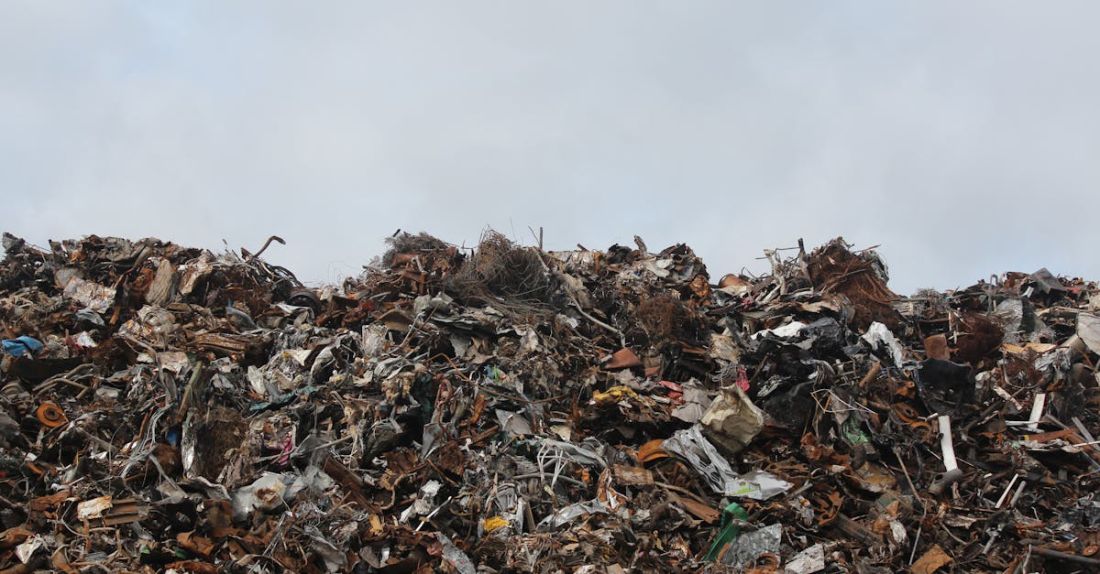
Urban waste management is a pressing issue that cities around the world are grappling with. The traditional linear economy model of “take, make, dispose” is no longer sustainable in the face of escalating waste generation and diminishing natural resources. In response to these challenges, the concept of a circular economy has gained traction as a viable solution to transform the way we produce, consume, and dispose of goods and materials. By applying circular economy principles to urban waste management, cities can not only reduce environmental impact but also create economic opportunities and enhance overall sustainability.
Challenges of Urban Waste Management
Urban areas are hubs of economic activity and population centers, leading to high levels of waste generation. The linear model of waste management prevalent in many cities involves extracting raw materials, manufacturing products, consuming them, and ultimately disposing of them in landfills or incinerators. This approach not only depletes finite resources but also contributes to pollution, greenhouse gas emissions, and other environmental issues.
Moreover, the increasing volumes of waste pose logistical challenges for waste management systems, leading to overflowing landfills, illegal dumping, and inadequate recycling infrastructure. These challenges underscore the urgent need for a paradigm shift towards a more sustainable and circular approach to urban waste management.
Implementing Circular Economy Principles
1. Design for Circularity
One of the key principles of the circular economy is designing products and materials with reuse, recycling, and durability in mind. By incorporating principles such as eco-design, modular design, and material recovery into product development, cities can create a more circular flow of materials within their waste management systems. This approach not only reduces the environmental impact of products but also extends their lifespan and maximizes resource efficiency.
2. Resource Recovery and Recycling
In a circular economy, waste is seen as a valuable resource that can be reused, recycled, or repurposed to create new products and materials. By investing in advanced recycling technologies, cities can recover valuable resources from their waste streams, such as metals, plastics, and organic matter. Implementing source separation programs, incentivizing recycling, and establishing partnerships with the private sector can help cities maximize resource recovery and reduce the amount of waste sent to landfills.
3. Circular Business Models
Circular economy principles also emphasize shifting from a product-based economy to a service-based economy, where products are leased, shared, or rented instead of being owned outright. By promoting collaborative consumption, product-as-a-service models, and circular supply chains, cities can reduce the overall demand for new products and materials, leading to less waste generation and lower environmental impact.
4. Stakeholder Engagement and Collaboration
Effective implementation of circular economy principles in urban waste management requires collaboration among various stakeholders, including government agencies, businesses, communities, and waste management providers. By fostering partnerships, sharing best practices, and engaging citizens in waste reduction initiatives, cities can create a more integrated and sustainable approach to managing their waste streams.
Benefits of Applying Circular Economy Principles
By embracing circular economy principles in urban waste management, cities can reap a host of benefits, including reduced environmental impact, resource conservation, economic growth, and enhanced resilience to climate change. By transitioning to a more circular and regenerative model of waste management, cities can create a more sustainable future for generations to come.
In conclusion, the application of circular economy principles to urban waste management represents a paradigm shift towards a more sustainable, efficient, and resilient approach to managing resources and waste. By rethinking the way we produce, consume, and dispose of goods and materials, cities can pave the way for a more circular and prosperous future.





